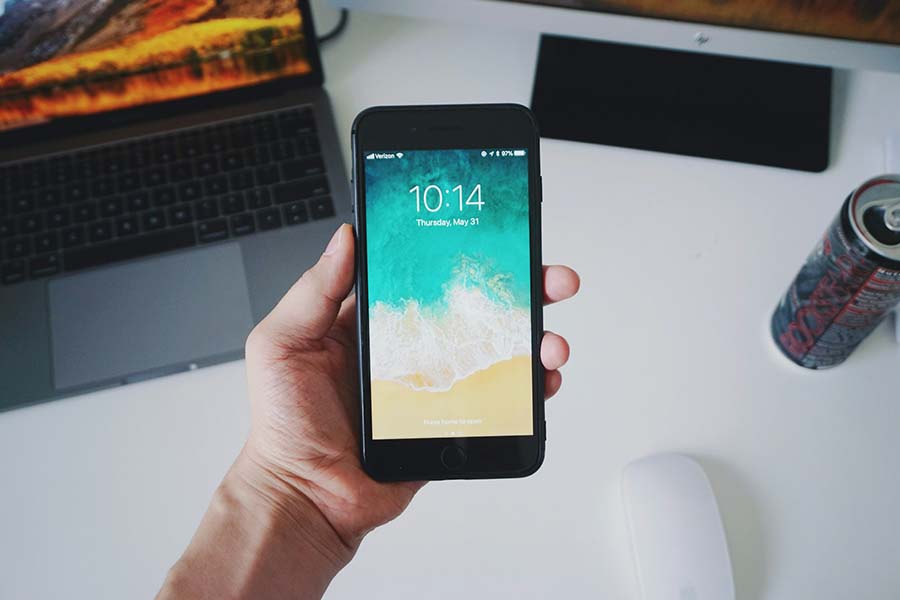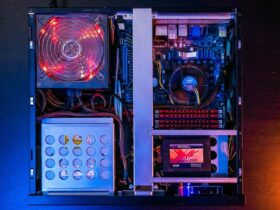Face ID has revolutionized how we interact with smartphones, offering a seamless and secure authentication method. However, encountering issues with Face ID can be frustrating and inconvenient, leaving many users wondering why their facial recognition technology is not functioning as expected. This comprehensive guide delves into the reasons behind Face ID malfunctions and provides practical troubleshooting steps to help users regain access to their devices effortlessly.
Why is my face ID not working?
There could be several reasons why your Face ID is not working. Firstly, ensure that your face is properly positioned within the frame and that no obstructions block the TrueDepth camera system. Additionally, check the lighting conditions, as poor lighting can affect Face ID functionality. If the issue persists, try restarting your device or updating the iOS software to the latest version. Sometimes, resetting Face ID settings can also resolve the problem.
Reasons Why Face ID Might Not Work
Environmental Factors: Poor lighting conditions or strong backlighting can interfere with Face ID’s ability to recognize your face accurately. Additionally, obstructions such as dirt, smudges, or even accessories like sunglasses or hats covering parts of your face can hinder recognition.
Device-related Issues: Software glitches or bugs within the operating system can cause Face ID to malfunction. Similarly, hardware malfunctions or damage to the TrueDepth camera system can impact its ability to scan and authenticate your face.
User-related Issues: Face ID was not set up properly during the initial device setup, or if there have been significant changes to your facial appearance (such as growing a beard or wearing glasses), it may need help to recognize you. In such cases, recalibrating or resetting Face ID settings may be necessary.
Face ID Configuration: Incorrect configuration or calibration during the initial setup process can lead to recognition issues. If the angles at which your face was scanned during setup differ significantly from your current positioning during authentication, Face ID may fail to recognize you.
iOS Software Updates: Compatibility issues or bugs within the iOS software can sometimes cause Face ID to stop working. Ensuring that your device’s software is up to date with the latest iOS version can help resolve any software-related issues affecting Face ID.
Biometric Sensor Interference: Other biometric sensors or security features on your device, such as Touch ID or passcode settings, may interfere with Face ID functionality. It’s essential to check and adjust these settings to avoid conflicts.
System Restrictions or Settings: Certain system restrictions or settings, such as restrictions on biometric authentication for specific apps or features, could affect Face ID’s functionality. Reviewing and adjusting the device’s menu settings may help resolve any issues.
Physical Damage or Malfunction: Physical damage to the front-facing camera, TrueDepth sensor array, or other components responsible for Face ID authentication can cause it to malfunction. In such cases, professional repair or replacement may be necessary to restore Face ID functionality.
How Does Face ID Work?
Face ID uses a combination of hardware and software components to authenticate a user’s identity through facial recognition securely. Here’s a simplified explanation of how it works:
- TrueDepth Camera System: Face ID relies on the TrueDepth camera system, which consists of various sensors, including an infrared camera, flood illuminator, and dot projector. These components create a detailed 3D map of the user’s face.
- Enrollment: During the initial setup process, the user’s face is scanned from various angles using the TrueDepth camera. This creates a mathematical representation of the facial features, which is then stored securely on the device’s Secure Enclave—a dedicated hardware component responsible for processing biometric data.
- Authentication: When the user attempts to unlock their device or authenticate for secure actions (such as making payments or accessing sensitive data), the TrueDepth camera system is activated. It projects thousands of infrared dots onto the user’s face, mapping its unique contours and features in real time.
- Comparative Analysis: The device compares the live facial data captured by the TrueDepth camera with the stored mathematical representation of the user’s face. This comparison uses complex algorithms and machine-learning techniques to ensure accuracy and security.
- Secure Authentication: If the live facial data matches the stored template within a predefined tolerance threshold, Face ID grants access to the device or approves the requested action. Otherwise, access is denied, ensuring only authorized users can unlock the device or perform secure operations.
What Are The Advanced Solutions?
Advanced solutions for addressing Face ID issues typically involve more extensive troubleshooting steps or seeking professional assistance. Here are some advanced solutions:
Resetting Face ID:
If basic troubleshooting steps do not resolve the issue, resetting Face ID settings can help. This involves removing the existing facial data stored on the device and setting up Face ID again from scratch. This option is usually available in the device’s settings menu under “Face ID & Passcode” or “Touch ID & Passcode.”
Restoring Device to Factory Settings:
Restoring the device to factory settings can be a last resort in more stubborn cases where software issues may affect Face ID. This process erases all data and settings on the device, returning it to its original state. Before performing a factory reset, it’s essential to back up any important data to avoid permanent loss.
Seeking Professional Assistance:
If Face ID issues persist despite attempting basic and advanced troubleshooting steps, it may indicate a hardware problem. In such cases, it’s advisable to contact Apple Support or visit an authorized service provider for further diagnosis and repair. They can assess the device for any hardware defects or damage to components, such as the TrueDepth camera system, and provide appropriate solutions.
Updating iOS Software:
Face ID issues can sometimes be related to software bugs or compatibility issues with the current version of iOS. Ensuring your device’s operating system is up-to-date with the latest iOS version can resolve software-related issues affecting Face ID. Regularly checking for and installing iOS updates can help keep your device’s software optimized and secure.
Inspecting for Physical Damage:
If Face ID continues to malfunction despite software troubleshooting, inspecting the device for any signs of physical damage is essential. Damage to the front-facing camera, TrueDepth sensor array, or other components responsible for Face ID authentication can impair its functionality. Carefully examine the device for cracks, scratches, or other visible damage, and consider seeking professional assistance if physical damage is detected.
Performing Diagnostics:
Some users may perform more in-depth diagnostics on their devices to identify the root cause of Face ID issues. This can involve using specialized diagnostic tools or software provided by Apple or third-party developers to comprehensively analyze the device’s hardware and software components. Diagnostics can help pinpoint specific issues affecting Face ID and provide insights into potential solutions or repairs needed.
Exploring Alternative Authentication Methods:
If Face ID continues to pose persistent problems, users may consider exploring alternative authentication methods on their devices. Options such as Touch ID (on compatible models) or entering a passcode can provide reliable alternatives for unlocking the device or accessing sensitive data until Face ID issues are resolved. Additionally, users can explore third-party authentication apps or services that offer alternative biometric or security features.
Conclusion
Encountering issues with Face ID can be frustrating, but with the proper troubleshooting steps and solutions, users can effectively address and resolve these issues. By understanding the potential reasons behind Face ID malfunctions and following basic troubleshooting steps such as environmental adjustments, software updates, and Face ID resets, users can often restore functionality to their devices. For more stubborn issues, advanced solutions such as restoring the device to factory settings, seeking professional assistance, or exploring alternative authentication methods may be necessary. Regardless of the approach taken, prioritizing device maintenance, regular software updates, and careful handling can help prevent future Face ID issues and ensure a seamless and secure user experience. With these measures in place, users can enjoy the convenience and security that Face ID technology offers on their devices.
























Leave a Reply